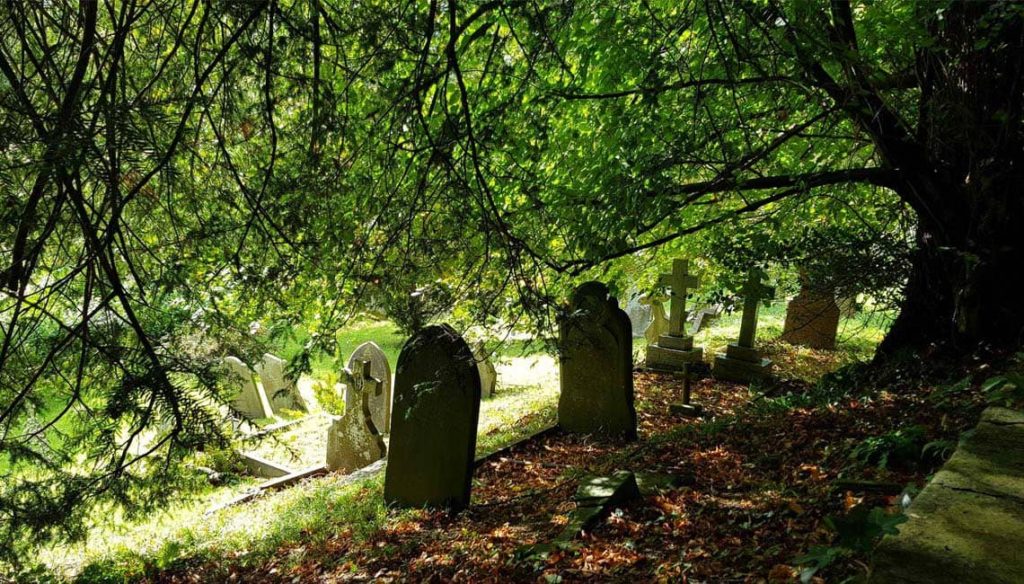
@diywm
https://unsplash.com/photos/mIE3n4ECKJg
This body is not me
Thich Nhat Han
This body does not limit me
I am life without limits
I was never born
and I have never died.
Humanity, from the beginning of its existence, has been concerned with establishing a place to live and another to die. History museums give us examples of burials near family homes in which death was given a special meaning, due to the care in handling the deceased, the offerings, and utensils that were placed along with the bodies.
In ancient Europe, places were called: cemeteries in Latin, which means; bedroom. It was about spaces outside the cities or on the side of the roads to bury the dead and leave a tombstone indicating who lay there with a message to remind travelers, the brevity of life, Vanitas, vita Brevis.
During the Middle Ages and until well into the 19th century, the influence of Catholicism in the world extended the custom of burying the dead in the atriums of churches. The characters of the high hierarchy were buried next to the altars and inside the temples. Having a tomb near the church was a kind of guarantee for eternal destiny afterlife.
Ancient societies found it inappropriate to bury the dead near cities because the body’s decomposition process was a source of infection. During the Middle Ages and centuries later, conservation treatments were not carried out on the bodies and they were buried at a shallow depth, this was a hygienic risk factor and when adding the element of the frequent epidemics that spread throughout the world during that period, the characteristics of burials increased infections.
We can imagine the atmosphere inside the churches during the liturgical ceremonies, which was invaded by a fetid smell of organic decomposition, added to the stench of everyday life prior to regular personal hygiene.
As of 1700, the countries colonized by Spain imposed secular reforms of a scientific nature for the treatment of burials, cemeteries were built outside the cities, on hills or hills where the wind circulated and far from the waters of the rivers or lakes and in the event of landslides, they prevented contamination of the streets.
In 1835, John Jay Smith wrote in his personal journal that the city of Philadelphia was growing very fast and he was concerned that the cemeteries around the churches were becoming overcrowded with the dead and becoming unsanitary. His concern arose from the cholera epidemic that had hit the city and caused the death of his daughter.
Smith’s mourning led him to create a cemetery outside the city surrounded by forests and together with other citizens he created the famous Lauren Hill Cemetery that soon inspired other cities to create similar spaces, which today are parks for meditation and rest visited by many people.
After more than a century, cemeteries that were originally built outside of cities have been integrated into growing cities. The number of deceased is proportional to the demographic growth of the living and therefore the spaces in the cemeteries have become insufficient.
The polluting effects of the subsoil due to the use of chemicals in the embalming processes and coffins made with processed materials have eroded the earth, for which new alternatives are being presented that are beginning to flourish throughout the world: the so-called: ecological cemeteries.
This innovation began from the fact that many people, as a last wish, will cremate their bodies when they die. Thus, vertical niche cemeteries began to be built, even inside churches.
Nowadays, ecological urns are made, made of biodegradable materials, after observing how many people developed the custom of scattering the ashes of their relatives in the sea because it is organic matter and they also observed that they threw the urn to the ocean floor and this being of brass or other non-biodegradable material, created a new contamination factor.
Some funeral companies have thought about how to convert cemeteries into nature reserves and offer urns of special materials with a preparation combined with the ashes, to grow a tree from special urns for the environment and provide the information to place it either in a private garden, in a forest or on land that has been designated for this purpose and with the aim of creating a grove or what is also called: green burial.
We must attend to the new circumstances that we face in the face of ecological damage and the overcrowding of cemeteries. We can give ourselves an opportunity to look at new prevention alternatives at the time of death. In the end, the body is just a dress that we wear to live on Earth, and, being organic matter, it would be a beautiful legacy to turn it into fertilizer to preserve nature. At Del Pueblo Funeral Home, we make the most difficult times easy.
